Seed Planter or Row planter 1pc
₨ 6,500 ₨ 7,000
A seeder planter, also known simply as a seed planter or row planter, is an agricultural machine used to sow seeds in the soil with accuracy and efficiency. It plays a crucial role in modern farming by automating the planting process, ensuring uniform seed distribution, depth, and spacing.
Description
A seeder planter, also known simply as a seed planter or row planter, is an agricultural machine used to sow seeds in the soil with accuracy and efficiency. It plays a crucial role in modern farming by automating the planting process, ensuring uniform seed distribution, depth, and spacing.
1. Function:
The primary function of a seeder planter is to:
Open a furrow in the soil.
Place seeds at a specific depth.
Cover the seeds with soil.
Maintain consistent row spacing and seed spacing.
2. Components:
Seed hopper: Holds the seeds before they are distributed.
Seed metering unit: Controls the rate and spacing at which seeds are released.
Furrow opener: Creates a small trench in the soil where seeds will be placed.
Seed tube: Guides the seed from the hopper to the furrow.
Covering device: Covers the seed after it has been placed in the soil.
Press wheels: Press the soil down to ensure good seed-to-soil contact.
3. Types of Seeder Planters:
Manual Seeders: Operated by hand, suitable for small-scale farming.
Mechanical Seeders: Tractor-mounted, suitable for medium to large farms.
Precision Planters: Use advanced technology (e.g., GPS, sensors) for highly accurate planting in terms of depth and spacing.
4. Advantages:
Increased planting speed and efficiency.
Reduced labor requirements.
Improved seed placement and germination rates.
Better crop uniformity and yield.
5. Applications:
Used for planting a variety of crops such as maize, wheat, soybeans, cotton, and vegetables depending on the seed plate and configuration.

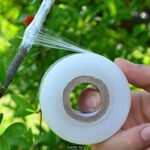
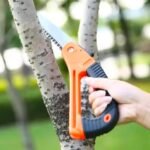
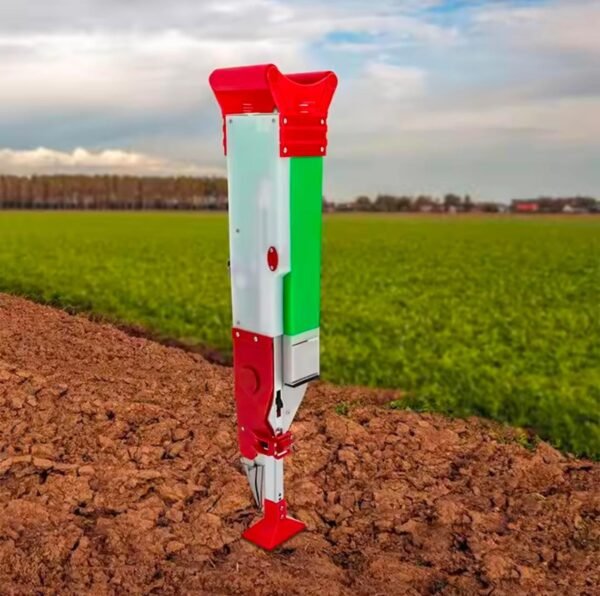

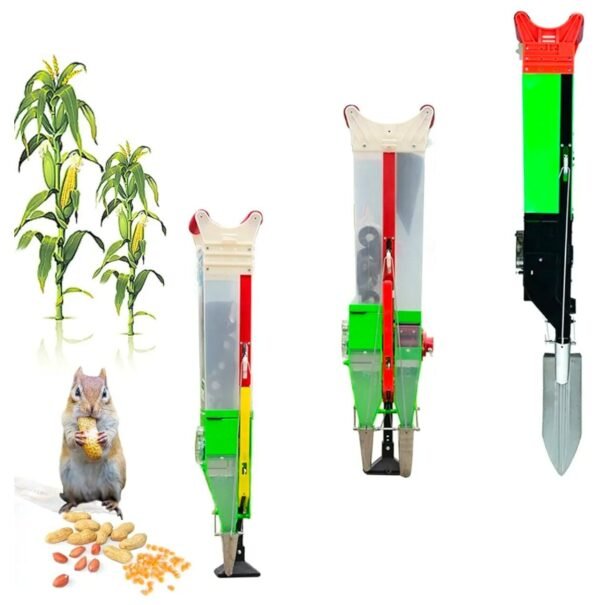
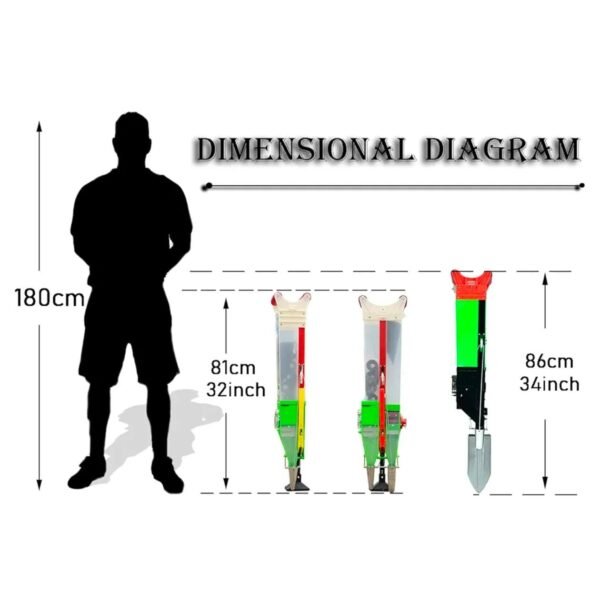
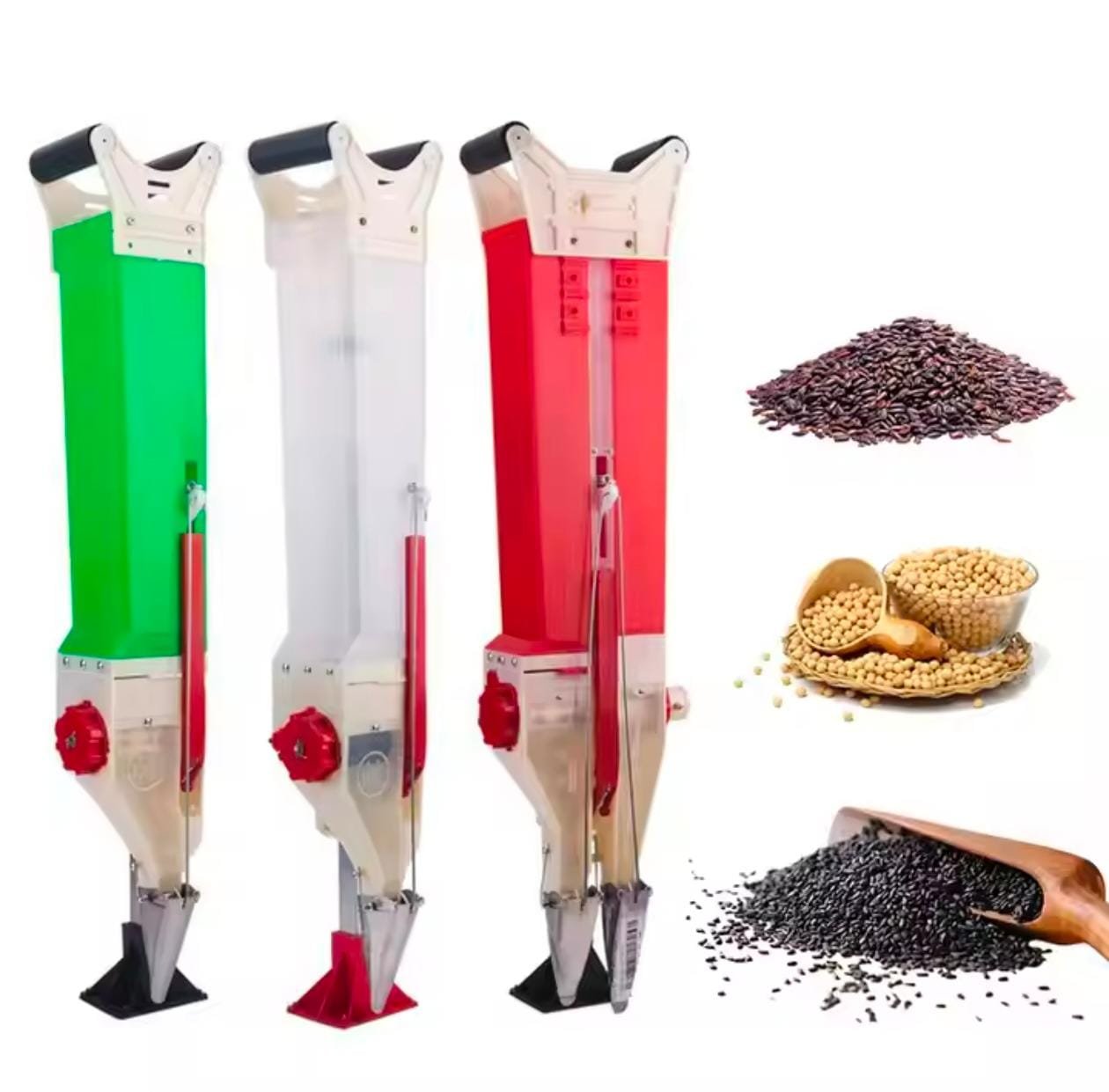
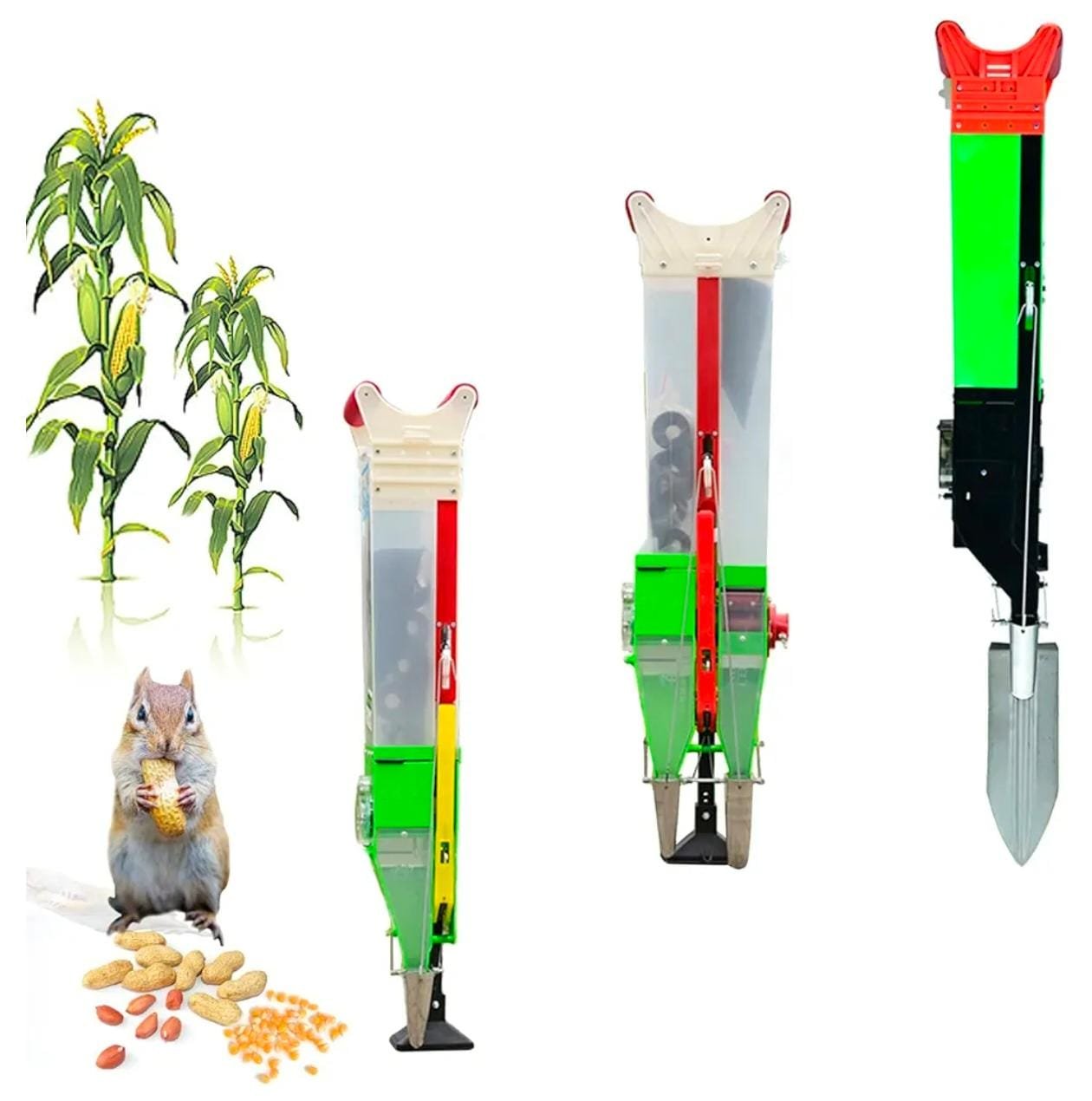
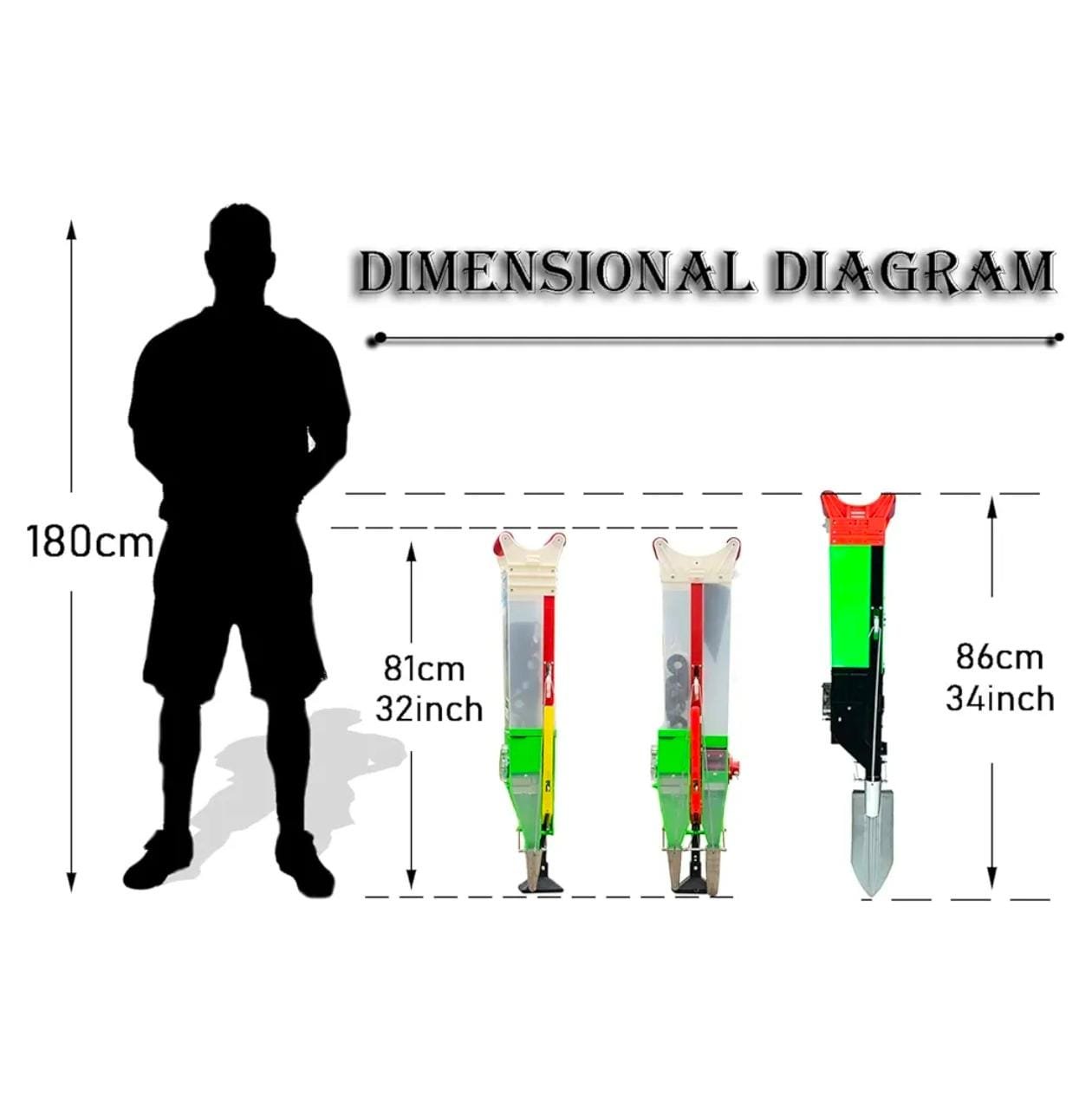


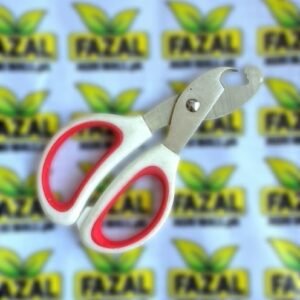
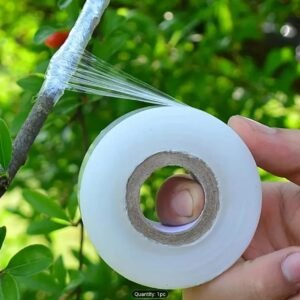
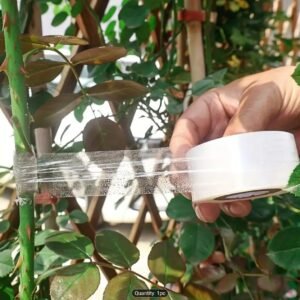
0.0 Average Rating Rated (0 Reviews)